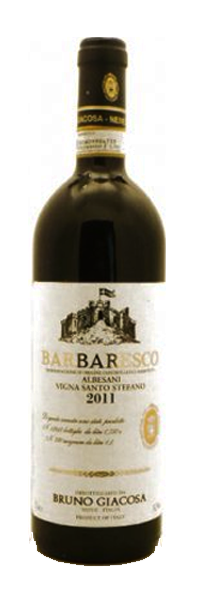FRANCESCO RINALDI Barbaresco 2020
Cellar Francesco Rinaldi
Starting point
An important starting point summarizing years of history, passion for the hills of Barolo, hard work and devotion to the land that has offered us so much. In the XIX century Giovanni Rinaldi intuitively understood the potential of this farmhouse on a hill planted with vineyards and decided to buy it. His children and grandchildren passionately guided the company handing it down generation after generation arriving at the current owners Paola and Piera Rinaldi. In those initial decades of wine making Barolo was the protagonist in our cellar, bringing together history and tradition. These two focal points were successfully introduced all over Italy by Michele Rinaldi, one of Giovanni’s four sons at the beginning of the XX century.
Francesco Rinaldi
History
From the original cellar with vaults, the work started by Giovanni has been enhanced year after year by his descendants with extension works in the winery at the hand of Luciano and Michele, sons of Francesco Rinaldi, in the sixties. More recently conventional processing in the cellar has been completed with modern technology, optimizing work but at the same time making sure to preserve the uniqueness of our wines. The result is a modern cellar with a traditional taste for meditation. After pressing and fermentation where grapes become wine in a fast and continuous transformation process, the precious liquid moves on to the ‘halls of silence’; cellars dug in the hill, where our Barolo is left to age in Slavonian oak barrels. It’s here that the tale of a grand wine is written; it’s right here where the heart of the winery Francesco Rinaldi beats. A winery where one can sense the family’s passion focused on making the most of the values offered by the Barolo land. The bottling department and warehouse were transferred to Alba in the thirties, a lucky deed by Francesco Rinaldi because the main transport system for bulk goods of those days, the train, had its terminus there.
Barbaresco 2020
Vinification
Because of its historical significance, this wine is allowed to be vinified in the Barolo winery, through special permission to produce wine outside of the zone. Already in the early Sixties, the production of Barolo was closely associated with that of Barbaresco, which was made following the same criteria of typicality out of respect for tradition.
Fermentation takes place in temperature-controlled stainless steel tanks with skin contact for 15-20 days. This is followed by racking and aging for at least two years in medium-capacity Slavonian oak barrels.
Characteristics
The wine has a ruby-red color with garnet reflections, a persistent aroma with tones of sweet spices, and a dry and intense taste.
Contiene solfiti





Reviews
There are no reviews yet.